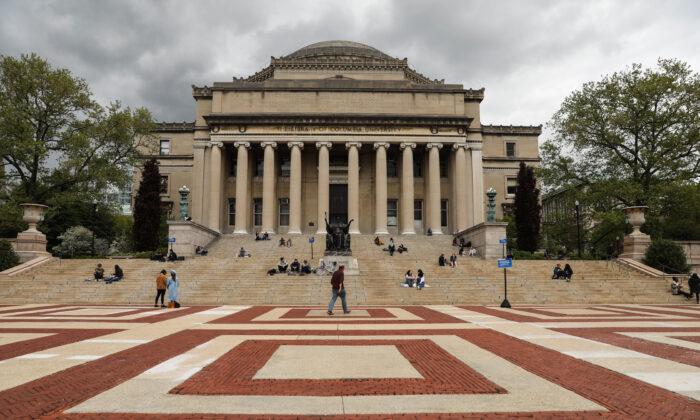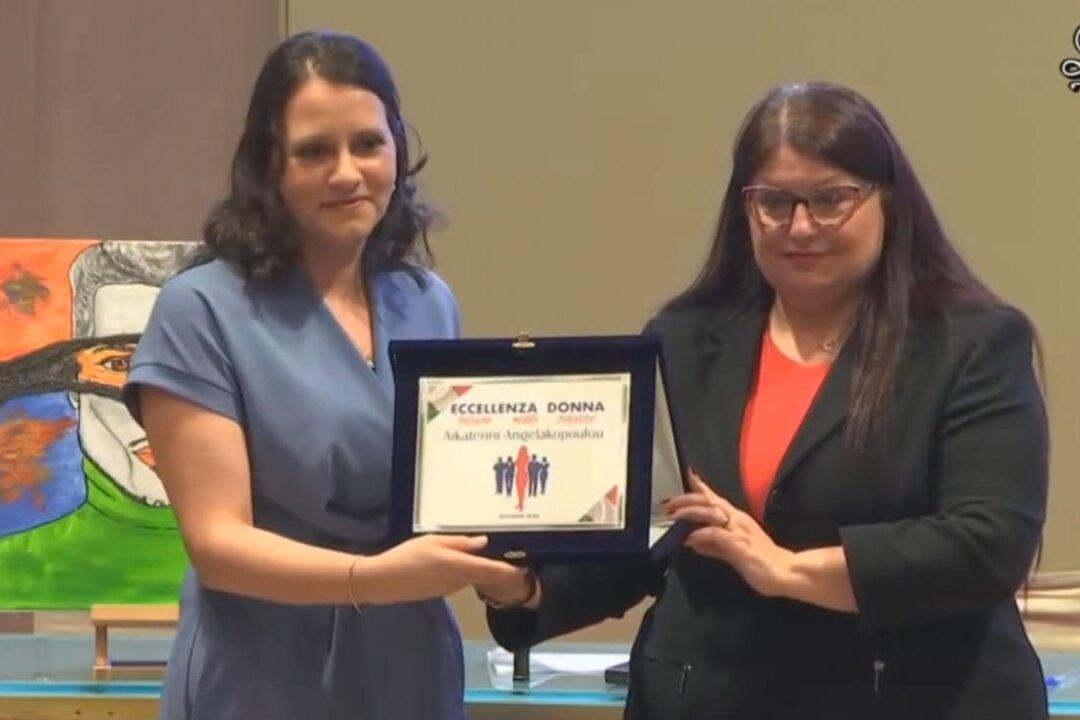Federal student loan payments have been on pause since March 2020. But that will change soon.
The U.S. Department of Education, which oversees a $1.6 trillion portfolio in federal student loan debt owed by about 43 million Americans, has posted a notice at the top of its student aid website confirming when borrowers should start paying their bills again.
According to the notice, interest will kick in starting Sept. 1, but borrowers won’t need to make payments until October.
“Congress recently passed a law preventing further extensions of the payment pause,” the department stated. “Student loan interest will resume starting on Sept. 1, 2023, and payments will be due starting in October. We will notify borrowers well before payments restart.”
The pause on federal student loan payments and the accumulation of interest was first ordered by then-President Donald Trump at the onset of the COVID-19 pandemic in an effort to ease the financial pressure Americans were facing. It has since been extended many times by both the Trump and Biden administrations.
As part of the recent bipartisan deal that suspended the U.S. government’s borrowing limit, the Biden administration is prohibited from extending the pause again.
There has been some confusion over exactly when student loan payments would resume. The Biden administration previously stated that the payment freeze would end either 60 days after the U.S. Supreme Court issued a decision on the so-called forgiveness plan or 60 days after June 30, whichever came first.
The debt-ceiling deal, which gained final approval from Congress earlier this month, mandates that the student loan payments restart 60 days after June 30, or Aug. 29.
The June 13 clarification also comes as the U.S. Supreme Court considers whether to give its blessing to the Biden administration’s attempt to “forgive” hundreds of billions of dollars of debt.
At the core of the legal challenge is the question of whether President Joe Biden has the authority to implement his $400 billion plan, which would erase up to $10,000 in student loan debt for every borrower who earns less than $125,000 per year while canceling up to $20,000 for each Pell Grant recipient who meets that income standard.
It’s unclear when the Supreme Court will rule on the case. Supreme Court justices typically go into recess as soon as they issue their last decision of the current term in late June or early July, and they won’t be back to work until Oct. 2, the official start of the new term.
A scenario in which the high court’s conservative majority strikes down Biden’s plan could mean financial hardship for millions of people, according to an analysis by the Consumer Financial Protection Bureau (CFPB), an agency within the Federal Reserve.
About 1 in 5 student loan borrowers have risk factors that suggest that they could struggle when scheduled payments resume, the CFPB stated in a report released last week.
As of March, about 2.5 million people with student debt had a delinquency on another one of their loans or payments. That’s 200,000 more delinquent borrowers since September 2022.
“Student loan borrowers who are already having difficulty with their other payment obligations are especially likely to struggle with their student loan payments if they don’t get some sort of payment relief like enrolling in an IDR [income-driven repayment] plan,” the agency stated.
The impact of the resumed payments will be more profoundly felt by younger borrowers who left college and exhausted their six-month payment grace period during the three-year freeze. They might have rented a pricier apartment, signed onto a more expensive car loan, or taken on other debt with the assumption that they could afford those bills without having to worry about student loans any time soon.
Many young people have actually done that, according to the CFPB. The median nonstudent loan, nonmortgage monthly debt obligations on typical younger student loan borrower, aged between 18 to 29 now stands at $229, a 225 percent increase from about $65 in March 2020.
To make the situation even more confusing, over the past three years, several large student loan management companies, such as Navient and GSMR, have stopped renewing their contracts with the Education Department, which has resulted in a large number of loan transfers.
More than 14 million borrowers find themselves having to work with at least one federal student loan servicer that’s new to them since March 2020, according to the CFPB.
As a result of the switches, these borrowers might need to find out who their new servicer is, if they haven’t done so already. They would also need to create new login credentials with their new servicers’ online platforms and sign up for automatic payments again.





